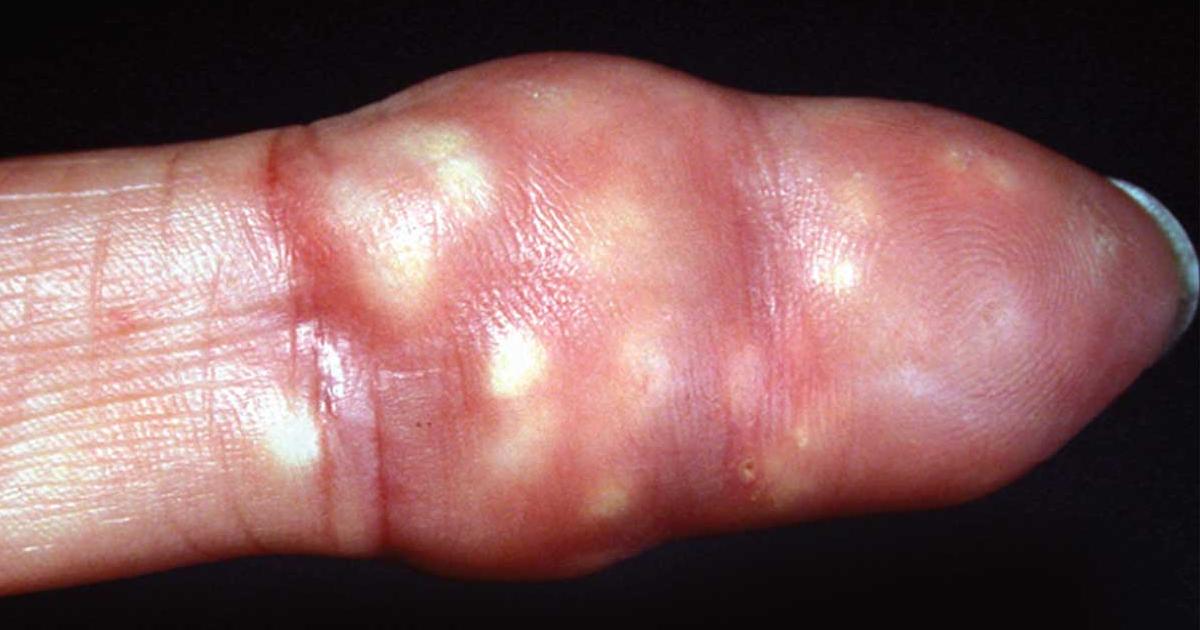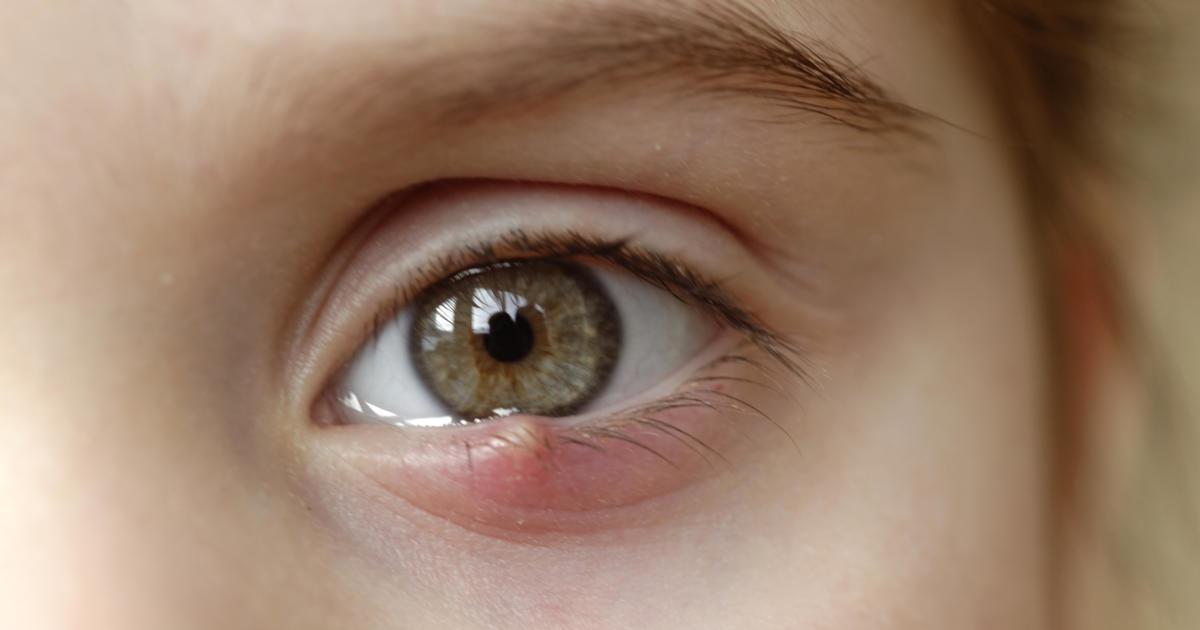Causes Of Calcinosis Cutis
Calcinosis cutis is a rare disease involving the buildup of calcium salt crystals under the skin's surface. Sometimes this condition is symptomless, but it can also cause pain. Treatment sometimes consists of surgery, but the calcium salt crystals have a high rate of recurrence. There are five different kinds of calcinosis cutis: dystrophic calcification, metastatic calcification, idiopathic calcification, iatrogenic calcification, and calciphylaxis. Each of these subtypes has a few different potential causes, and the way the calcium buildup looks depends on the cause. However, one of them, idiopathic calcification, has no known cause.
Get to know the known causes of calcinosis cutis now.
Systemic Sclerosis

Systemic sclerosis is also called scleroderma. It is an autoimmune connective tissue disease. In this disease, the immune system attacks connective tissue in the skin, muscles, blood vessels, and several other parts of the body. Systemic sclerosis causes the body to make too much collagen, and the excess collagen causes problems with the skin, one of which is calcinosis cutis. This condition usually causes dystrophic calcification. When the skin tissue is damaged by the disease, it gives off phosphate proteins. These proteins go through a calcification process and lead to calcinosis cutis, which often appears around the elbows or the fingers. Some scleroderma patients have a subtype of the disease called CREST syndrome, which increases the risk of developing calcinosis cutis.
Learn more about the different causes of calcinosis cutis now.
Chronic Kidney Failure

Metastatic calcification and calciphylaxis can both be caused by chronic kidney failure. Ongoing kidney failure can be a complication of diabetes or hypertension that is not treated properly. The kidneys are essential organs that filter the blood and help the body get rid of waste. They also play an important role in regulating minerals and electrolytes in the blood, including calcium. Chronic kidney failure causes calcium levels to build up in the body, leading to calcinosis cutis as the calcium crystallizes and gets deposited in the skin. Kidney failure is diagnosed through blood tests, biopsies, and scans. It can be treated to prevent complications, but it cannot be cured.
Continue reading to reveal more information on calcinosis cutis causes now.
Subepidermal Nodules

Subepidermal nodules are associated with iatrogenic calcification, a subtype of calcinosis cutis without a known direct cause. The subepidermal nodules, which form right underneath the skin, may appear anywhere on the body, including underneath the skin of the eyelids. They are usually small, hard and white. These nodules may be accompanied by familial nodules or scrotal nodules. Familial nodules are more common in young individuals. All of these nodules are typically painless, but they can be aesthetically unpleasant or get in the way. They are sometimes surgically removed, and the surgery has few complications. However, the nodules can and often do recur.
Uncover more details regarding the various causes of calcinosis cutis now.
Medical Procedures Accidentally Leading To Calcium Salt Deposits

Iatrogenic calcification can be caused by medical procedures accidentally leading to calcium salt deposits. This sometimes happens to newborn babies when they get blood drawn from their heels. Iatrogenic calcification can also be caused by a variety of medical procedures involving calcium compounds. For example, when a patient gets an electroencephalograph, a calcium chloride paste is used on the electrodes. Having this paste on the skin for too long can cause calcium deposits to form. When individuals are treated for tuberculosis, they are given calcium solutions in an intravenous line. This procedure can lead to calcinosis cutis when too much calcium gets into the bloodstream.
Discover another cause of calcinosis cutis now.
Hyperparathyroidism

Hyperparathyroidism is a condition in which one or several of the parathyroids are producing too much parathyroid hormone. Humans have four parathyroids, and if even one of them is overproducing hormones, it causes health problems. Having excess parathyroid hormones in the blood can cause calcium levels in the blood to rise. The excess calcium causes calcinosis cutis. This condition can cause two different types of calcinosis cutis: metastatic calcinosis and calciphylaxis. Metastatic calcification is caused specifically by having too much calcium phosphate in the blood. Calcium deposits show up in the form of nodules on the skin. Calciphylaxis is a much less common form of calcinosis cutis. In calciphylaxis, the calcium deposits get stuck inside blood vessels, which can lead to serious complications and is difficult to treat. Hyperparathyroidism is diagnosed through blood tests and is thankfully treatable, so it is best to catch it before it leads to calcinosis cutis.